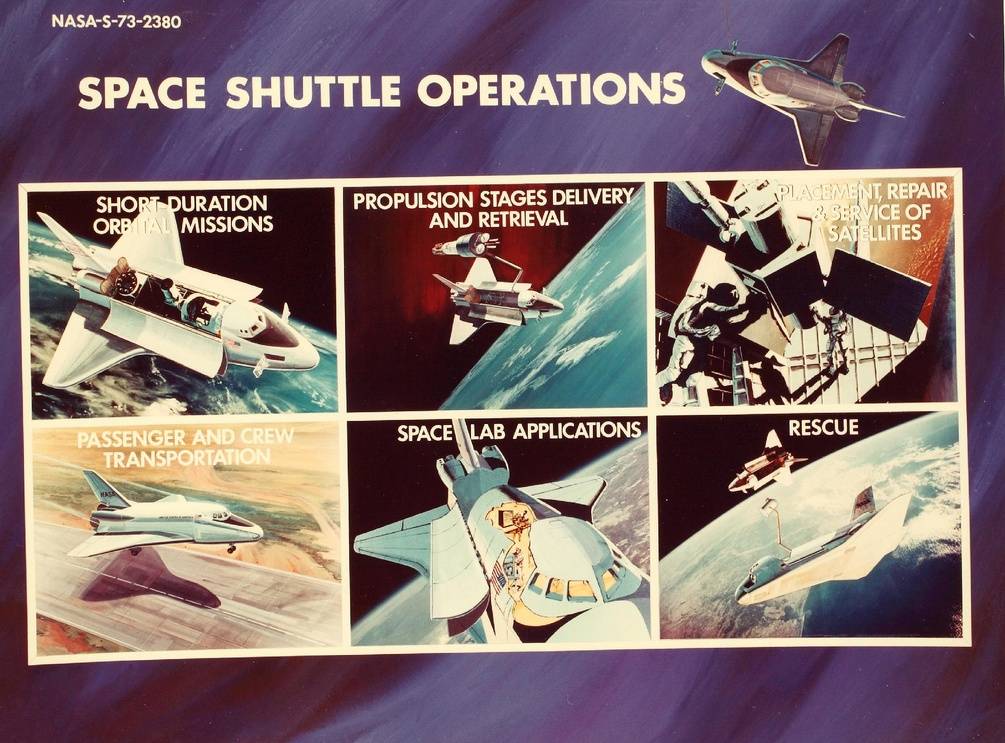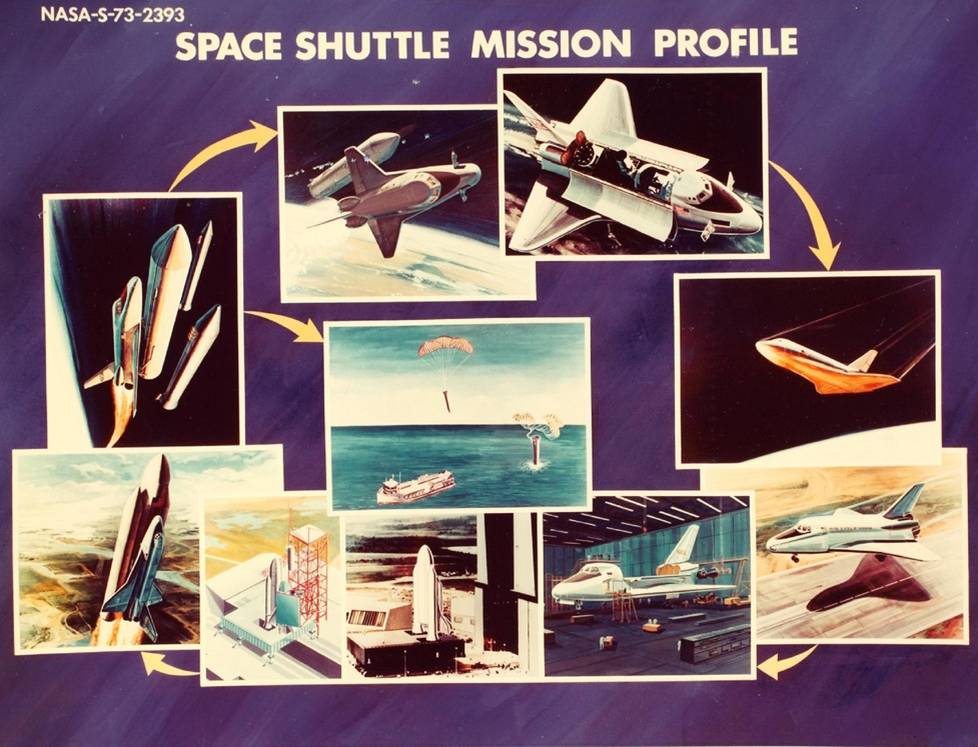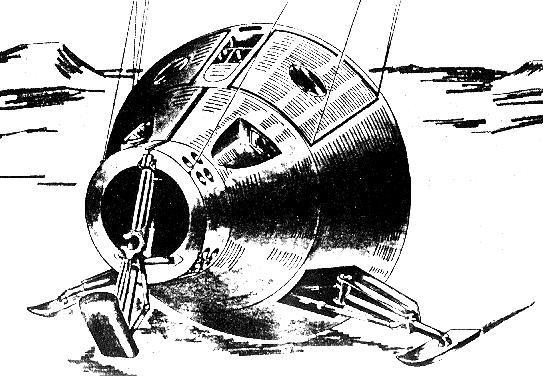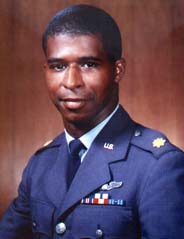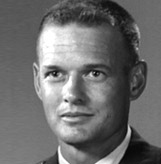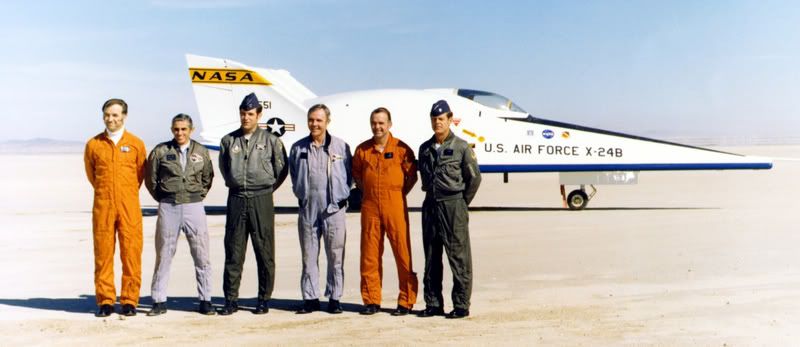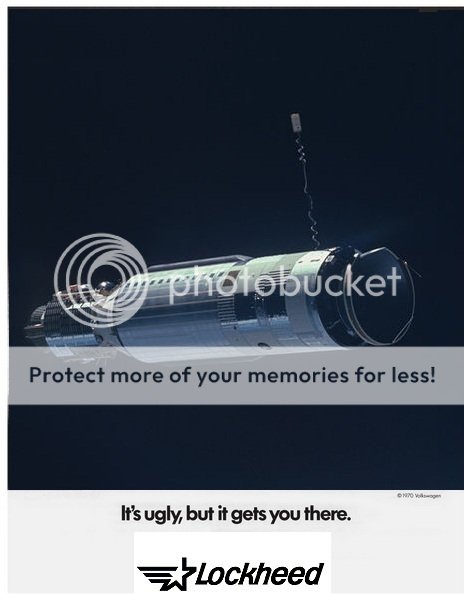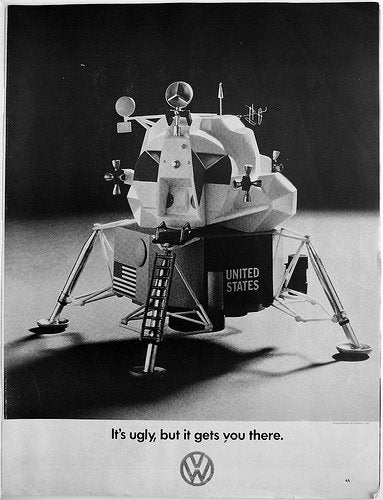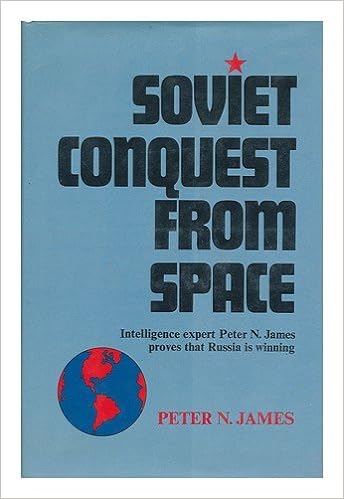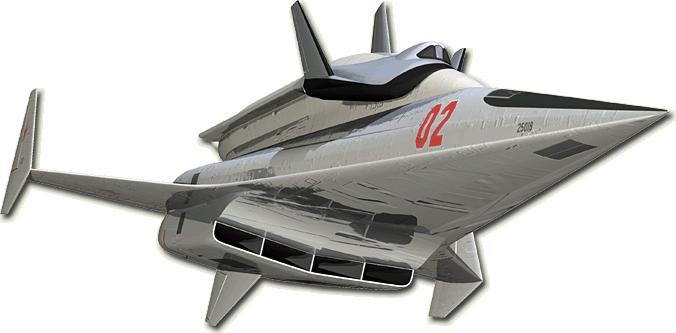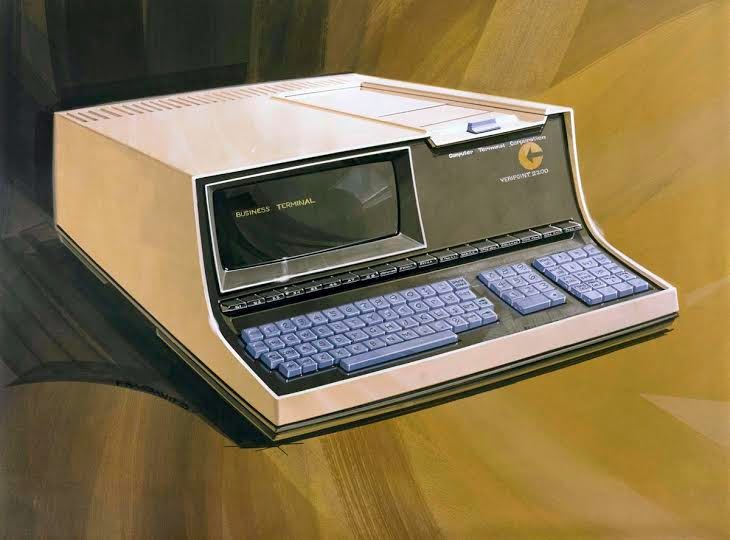October 1973 – February 1974
...In response to American aid to Israel, on October 16, 1973, OPEC raised the posted price of oil by 70%, to $5.11 a barrel. The following day, oil ministers agreed to the embargo, a cut in production by five percent from September's output and to continue to cut production in five percent increments until their economic and political objectives were met.
On October 19, Nixon requested Congress to appropriate $2.2 billion in emergency aid to Israel, including $1.5 billion in outright grants. Libya immediately announced it would embargo oil shipments to the United States. Saudi Arabia and the other Arab oil-producing states joined the embargo on October 20, 1973. At their Kuwait meeting, OPEC proclaimed the embargo that curbed exports to various countries and blocked all oil deliveries to the US as a "principal hostile country".
-----------
"...before too many years have passed, corner gasoline stations may be replaced by ammonia or methanol stations
Notwithstanding the new oil fields in Alaska, some sort of synthetic fuel is inevitable if a synthetic fuel could be manufactured cheaply enough and if it could be stored and transported with safety, the modifications to our transport industry would be rather minor
Gasoline has always been abundant and cheap in the United States. Despite this fact, the United States Army seriously considered "energy depots" in the 60's. The basic objective was simplification of fuel logistics by switching to fuels that could be synthesized on the spot from air and water. Hydrogen and ammonia were the primary fuels considered. Hydrogen was to be derived from water through electrolysis, using electricity generated in a mobile station built around a small nuclear reactor. Liquid hydrogen would be used built around a small nuclear reactor and used directly as fuel or, more likely, converted into ammonia, which is easier to handle. The fact that the energy depot and the host of vehicles it supported would not pollute the atmosphere was not an important consideration.
The modern version of the energy depot would be useful in two ways. First, because it would greatly relieve urban pollution and, second, because eventually gasoline will have to be replaced as our primary vehicle fuel regardless of environmental considerations
When petroleum becomes scarce, perhaps half a century from now, nuclear heat can be employed to gasify coal and further extend the sway of fossil-fueled internal combustion engines and their turbine counterparts. All that is needed is a source of electricity to electrolyze water into hydrogen and oxygen. Nitrogen, if needed, would be taken directly from the atmosphere. If an easily handled fuel, such as ammonia, is synthesized, the fuel plants could be located well away from city centers.
Most of us think of ammonia as pungent and rather disagreeable, hydrogen has a reputation for being explosive and dangerous. The chemical and space industries, however, have tamed both fuels in recent years. In some ways, anhydrous ammonia is just as safe to handle as gasoline; and liquid hydrogen is becoming common as a high- performance rocket fuel.
Ammonia is most often encountered (as far as the nose is concerned) in household cleaners. It is less well known that fully 80 percent of the world's fertilizer requirements are met by synthesizing ammonia from natural gas and steam. It is less well known that fully 80 percent of the world's fertilizer requirements are met by synthesizing ammonia from natural gas and steam. Roughly 40 million tons of ammonia are consumed annually in agriculture.Consumption increases almost exponentially. Thus, we can conceive of ammonia production plants that will "fuel" both farms and cities...
Source: Man and atom: building a new world through nuclear technology, Glenn T. Seaborg - 1971.
-----------
Seven U.S. Senators, all members of the Senate Commerce Committee (the delegation included Vance Hartke, Howard Cannon, Frank Moss, James Pearson, Howard Baker, Glenn Beall, and Robert Griffin) meet for more than three hours with Leonid Brezhnev today, April 22, 1973.
Senator Cannon (D.-Nev.) met with Sergey S. Pavlov, Chief Administrator for Foreign Relations, USSR Ministry of Civil Aviation, as well as various staff personnel.
Senator Baker (R.-Tenn.) met with Andrey M. Petrosynants (sic), chairman of the State Committee for Utilization of Atomic Energy.
While the Senators had requested a meeting with Brezhnev, none expected such a lengthy visit. Newsmen present during a session before the talks said Brezhnev was in a jovial mood greeting the seven senators
Are you going to report back to the President, Brezhnev asked Sen Vance Hartke the leader of the group.
Not only the President but the Congress Hartke replied.
Hartke said the group had seen some of Moscow in addition to meeting with Soviet officials since their arrival last Thursday .
According to Senator Baker, Secretary Brezhnev "talked very frankly and didn't evade any issues, including the Jackson Amendment and the Jewish question."
The talk covered the development of trade and a number of other facets of Soviet-American relations. General Secretary Brezhnev noted the Soviet Union's readiness to broaden and deepen trade and economic ties with the United States, and put them on a long-term basis. He stressed that such ties, as well as others, must rest on the basis of equality and mutual benefit. The U.S. Senators, in turn, expressed considerable interest in developing trade and other forms of economic relations between the USSR and the USA.
Among those participating in the discussion were Andrei Gromyko, member of the Politburo of the CPSU Central Committee and Minister of Foreign Affairs of the USSR; Nikolai Patolichev, Minister of Foreign Trade of the USSR, and Andrei Brezhnev.
-----------
The Molten Salt Reactor Experiment (MSRE) at Oak Ridge nuclear Laboratory, Tennessee operates at around 650 degree Celsius. Future MSR operating temperature will belimited only by material considerations. As materials improve, the temperature can be raised, and the thermal efficiency still further improved. At 850 degree C, we can disassociate hydrogen from water efficiently and produce hydrogen-based fuels.
Source: Report on the MSRE - letter, Oak Ridge director Alvin Weinberg to Chairman of the Atomic Energy Commission Glen Seaborg - 1968
-----------------
"One significant military effort of the 1960s was the Army's NuclearPowered Energy Depot - an early experiment in the hydrogen economy, according to a paper international hydrogen conference, dubbed The Hydrogen Economy Miami Energy (THEME) held in Miami, March 1974.
"Because of increased mechanization, petroleum supply has become one of the major problems of military logistics, especially in Army operations where small, dispersed energy demands often necessitate an extensive, vulnerable fuel supply complex. The nuclear powered energy depot, conceived as a potential solution to the problem, will utilize a nuclear reactor to produce a chemical fuel for vehicle and aircraft engines. The energy depot, logistically independent for a year, would operate with or near the consumer in the field and considerably broaden Army capabilities
--------
"In November 1963, an Army study submitted to the Department of Defense (DOD) proposed employing a military compact reactor (MCR) as the power source for a nuclear-powered energy depot, which was being considered as a means of producing synthetic fuels in a combat zone for use in military vehicles. MCR studies, which had begun in 1955, grew out of the Transportation Corps' interest in using nuclear energy to power heavy, overland cargo haulers in remote areas. These studies investigated various reactor and vehicle concepts, including a small liquid-metal-cooled reactor, but ultimately the concept proved impractical.
The energy depot, however, was an attempt to solve the logistics problem of supplying fuel to military vehicles on the battlefield. While nuclear power could not supply energy directly to individual vehicles, the MCR could provide power to manufacture, under field conditions, a synthetic fuel as a substitute for conventional carbon-based fuels.
The nuclear power plant would be combined with a fuel production system to turn readily available elements such as hydrogen or nitrogen into fuel, which then could be used as a substitute for gasoline or diesel fuel in cars, trucks, and other vehicles. Of the fuels that could be produced from air and water, hydrogen and ammonia offer the best possibilities as substitutes for petroleum.
By electrolysis or high- temperature heat, water can be broken down into hydrogen and oxygen and the hydrogen then used in engines or fuel cells. Alternatively, nitrogen can be produced through the liquefaction and fractional distillation of air and then combined with hydrogen to form ammonia as a fuel for internal-combustion engines. Consideration also was given to using nuclear reactors to generate electricity to charge batteries for electric-powered vehicles—a development contingent on the development of suitable battery technology.
By 1966, the practicality of the energy depot remained in doubt because of questions about the cost-effectiveness of its current and projected technology. The Corps of Engineers concluded that, although feasible, the energy depot would require equipment that probably would not be available during the next decade. As a result, further development of the MCR and the energy depot was suspended until they became economically attractive and technologically possible."
-----------------
To: Howard H. Baker, Jr., V.S. Senate, Room 2107, Dirksen Senate Office Building, Washington, D.C.
Dear Senator Baker,
Thank you for your letter of February 9, 1973, concerning the planned termination of the Molten Salt Breeder Reactor (MSBR) and the radioisotopes development programs at the Atomic Energy Commission's Oak Ridge National Laboratory (ORNL).
The decision to terminate the MSBR was taken after careful consideration of the backup efforts to the Liquid Metal Fast Breeder Reactor (LMFBR) program. The LMFBR, as you know, represents the President's top-priority program to meet the growing national needs for clean energy and will require large Government expenditures to accomplish the President's objective of successful demonstration by 1980.
In light of the current budget stringency, it was decided that of the two backup efforts the MSBR was the less promising and would require very large future expenditures for completion.
We are not unaware of the difficulties imposed on the affected personnel as a result of terminating these programs at ORNL. However, we think that the impact of these decisions will be minimized by the increased FY 1974 funding for uranium enrichment activities at Oak Ridge and as a result of the decision to build the large LMFBR demonstration plant adjacent to the Oak Ridge reservation. We appreciate the opportunity of being able to provide this information, which we hope will be useful to you.
Sincerely, Frederic V. Malek, Deputy Director.
-----------------
To: Melvin Price, chairman, Joint Committee on Atomic energy
Washington, DC
Dear Mel,
During my visit to the Soviet Union in April 1973, I had an opportunity to discuss nuclear power developments with Professor Andronik M. Petrosyants, Chairman, USSR State Committee on the Utilization of Atomic Energy.
He specifically asked me about our efforts in molten salt reactor development.
He indicated his interest in the concept by stating that in his view the molten salt reactor is an excellent area for cooperation between our two countries - much like the Apollo-Soyuz docking.
He seems to be very open to international cooperation, repeatedly citing excellent relations with past AEC Chairman Glenn Seaborg.
In view of the potential of the reactor concept and the opportunity to benefit by an exchange of information, should such agreement be reached, I urge that the Committee authorize the necessary funds to continue this effort at a effort at a reasonable pace.
Sincerely yours,
Howard H. Baker, Jr - United States Senator from Tennessee – May 1973
--------------------
BIOGRAPHICAL DATA
WILLIAM A. ANDERS
PROFESSIONAL EXPERIENCE
1973-Present.—Commissioner, U.S. Atomic Energy Commission. Appointed by the President with Senate confirmation. Responsible along with four other Commissioners for national programs of nuclear energy and weapons R&D and regulation for public health and safety.
Alternate U.S. Representative to the Seventh General Conference of the International Atomic Energy Agency in Vienna, Austria, in September 1973.
Chairman of the U.S. Delegation of the U.S./U.S.S.R. Committee on Cooperation in the Peaceful Uses of Atomic Energy established under Article 5 of the U.S.-U.S.S.R. Atomic Energy Agreement of June 21, 1973.
1969-1973
Executive Secretary, National Aeronautics and Space Council. Appointed by the President with Senate confirmation as director of an independent agency within the Executive Office of the President. Participated as a senior member of U.S. negotiating teams developing programs with the U.S.S.R., Japan, and Europe. Acted as a spokesman to Congress and industry on many R&D policy areas. Directed extensive policy studies in such fields as applications satellites, the aerospace and air transport industries, foreign military sales, international cooperation in space^ and launcher licensing. Worked with the Vice President, Cabinet officers, key White House staff members, and agency heads to insure successful implementation of Presidential policy throughout the aeronautics and space fields.
1964-1969 – NASA. Engineering duties—Gemini and Apollo spaceraft responsibilities for environmental control systems design, test, and procedures.
Space Operations duties
Back-up crew for Gemini 11; Lunar Module Pilot for Apollo 8 (1st lunar flight) - spacecraft systems experiments specialist; Back-up Command Module Pilot for Apollo 11 (1st lunar landing).
1962-1964.—Nuclear Engineer—USAF Officer.
-----------------
" In January 1968 Robert Seamans resigned from NASA to become a visiting professor at MIT. During that period at MIT, Seamans also served as a consultant to the administrator of NASA. In 1969 he became Secretary of the United States Air Force, serving until 1973.
In May 1973, at the time of Seamans's resignation to become president of the National Academy of Engineering, President Richard M. Nixon said that his administration was most fortunate to have had a person of Seamans's leadership and managerial ability directing the development of sophisticated new aircraft and helping to improve U.S. missile systems. Nixon credited Seamans with keeping the Air Force modernization program costs so very close to projected estimates and for creating an environment in which people serving in the Air Force believed they could realize their potential.
Seamans served as president of the National Academy of Engineering until December 1974, when he became the first administrator of the new Energy Research and Development Administration (ERDA), a post he held until 1977 and the creation of the Departement of Energy.
The ERDA is a byproduct of the Atomic Energy Commission breaking up. It had been decided the monolithic commission could no longer handle both promotion and safety of nuclear power, two goals that had become mutually exclusive.
-----------------
“Despite emphatic denial by NASA Deputy Administrator George Low, rumors have circulated that the Lewis Research Center would sever what is now a very tenuous connection with NASA and become part of the new Energy Research and Development Administration, where the major part of its research programs were concentrated.
The ERDA succeeded the controversed Atomic Energy Commission, and coincidently his director Robert Seamans was NASA deputy director until 1969.
---------
"The Senate has confirmed the appointment of Robert Seamans Jr. as chief of the new Energy Research and Development Administration. Seamans, 56, is a former Air Force secretary and deputy administrator of the space agency. The Senate on Thursday also approved by voice vote and without debate the nomination of former astronaut William Anders as a member of the Nuclear Regulatory Commission.
There is a practical logic to the appointment of veteran NASA officials to the energy and nuclear administrations. As Congress put it, "The urgency of the nation's critical energy problems will require a commitment similar to that of the Apollo project. It will require that the Nation undertake, at a minimum, a ten-year $20,000,000,000 research development and demonstration program including a greatly expanded effort in nonnuclear energy technologies."
------
...William Anders for his part is a team player, accustomed to situations in which a great deal depends on cooperation and obedience. In the formless, directionless Atomic Energy Commission of 1973, he stepped into what should have been the chain of command.
According to Anders himself
"On June 21, 1973 I become the Chairman of the newly created U.S. Delegation of the U.S./U.S.S.R. Committee on Cooperation in the Peaceful Uses of Atomic Energy - established under Article 5 of the U.S.-U.S.S.R. Atomic Energy Agreement enacted that day.
Commissar Andronik Petrosyants and I, David Anders, were the cochairmen.
The first year the Soviets came in America; during the second we traveled to the Soviet Union. For some unknown reasons, every time that I and Robert Seamans met that Petrosyants, he spoke about a so-called Molten Salt Reactor and insisted heavily we should have a joint program. So did Petrosyants deputy Morozov.
Their insistance picked my curiosity - what the hell was that molten salt reactor, and why were the Soviets so excited by it ?"
I come to understood that Soviet interest for molten salt reactor was the result of a visit by Tennessee Senator Howard Baker in April 1973. The Molten Salt reactor in Oak Ridge nuclear laboratory pet project. And Oak Ridge is located in Tennessee... so it is Baker job to defend Oak Ridge bread and butter programs."
-----------------
In 1970 with the molten salt reactor starved of funds I had declared that Oak Ridge was sufficiently interested in the concept that if there were anyone anywhere, including the Soviet Union or Red China that was going to build a molten salt reactor, the Oak Ridge National Laboratory would be interested. The next step is more important than who makes it. Indeed the times had changed; in the era of détente, the Soviets were a bit less the ennemy and as concerned as we were about proliferation.
So I had my friend Howard Baker pitching the molten salt reactor to them during a trip to the Soviet Union in April 1973. In fact I prepared a true sale pitch he was to deliver to the Soviets.
Not only Baker insisted on the proliferation aspects; by making the MSR a joint project with the Soviets we also made it slightly more visible on the agenda.Of course that was a risky business.
"We are not developing a thorium cycle in the Soviet Union and for the time being we are not prepared to deal with one," Ivan Morozov, deputy chairman of the State Committee for the Peaceful Uses of Atomic Energy, later said. It explained why his superior, Petrosyants, had been so eager to cooperation on Molten Salt Reactors - much like us, most of Soviet nuclear money was pumped into their breeder program. International cooperation would provide a breath of fresh air to other programs !
Of course all this didn't went very far, at least at the beginning.
Then, the next year, in 1974 things started to move in a pretty unexpected direction.
Baker sale pitch impressed Petrosyants enough he discussed the matter with his American counterparts – William Anders first (before the AEC was disbanded), then Robert Seamans (after the ERDA was created).
Coincidentally both were former NASA officials; and at the time the space agency was actively cooperating with the Soviets to link their Soyuz to an Apollo.
It also happened that at the time NASA own nuclear lab, the Lewis Research Center, was being transferred to Seamans energy agency.
The end result of all this was that Anders, followed by Seamans, decided to ask NASA-Lewis nuclear scientists their opinion over Molten Salt Reactor technology. To mask their intentions they disguised the study under application of the reactor to the space program. With or without the Soviets, in summer 1976 Lewis was given a contract to study potential of the molten salt reactor for space applications.
Some weeks passed and then Seamans called me. He told me the NASA nuclear scientists were very excited. The molten salt reactor, they told Seamans, was just perfect for space – it had high power densities, high temperature operation without pressurization, high fuel burn up and plenty of other characteristics that were just ideal for a space fission system.
To make a long story short, fluoride-salt mixtures suitable for use in power reactors have melting points in the temperature range 850 to 900°F and are sufficiently compatible with certain nickel-base alloys to assure long life for reactor components at temperatures up to 1300°F.
Thus the natural, optimum operating temperature for a molten-salt-fueled reactor is such that the molten salt is a suitable heat source for a modern steam power plant. The principal advantages of the molten-salt system, other than high temperature, in comparison with one or more of the other fluid-fuel systems are (1) low-pressure operation, (2) stability of the liquid under radiation, (3) high solubility of uranium and thorium (as fluorides) in molten-salt mixtures, and (4) resistance to corrosion of the structural materials that does not depend on oxide or other film formation.
The molten-salt system has the usual benefits attributed to fluid-fuel systems. The principal advantages over solid-fuel-element systems are (1) a high negative temperature coefficient of reactivity, (2) a lack of radiation damage that can limit fuel burnup, (3) the possibility of continuous fission-product removal, (4) the avoidance of the expense of fabricating new fuel elements, and (5) the possibility of adding makeup fuel as needed, which precludes the need for providing excess reactivity.
The high negative temperature coefficient and the lack of excess reactivity make possible a reactor, without control rods, which automatically adjusts its power in response to changes of the electrical load. The lack of excess reactivity also leads to a reactor that is not endangered by nuclear power excursions.
That, in a nutshell, is why it made a fantastic space power system.
----------------------------
Udet said, “We tried to shut down. But the moderator was too far out of the core to have any immediate effect. The hydrogen in the core and the jacket boiled quickly and started to expand…”
“And now you’ve got a runaway,” Muldoon continued. “Because the reactor was designed with a positive temperature coefficient.”
Michaels sighed and locked his hands behind his head. “Just pretend I don’t know what you’re talking about.”
Muldoon grinned tightly. “I know. It took me a while to figure this stuff out. Look: suppose the temperature of your core rises. And suppose that the core is designed so that when it heats up, the reactivity drops — that is, the reaction rate automatically falls. That’s what’s meant by a ‘negative temperature coefficient.’ In that case you have a negative feedback loop, and your reaction falls off, and the temperature is damped down.”
“Okay. It’s kind of self-correcting.”
“That’s right; the whole thing is stable. That’s how they design civilian reactors. But in the case of NERVA, that coefficient was positive, at least for some of the temperature range. So when the temperature went up, the reactivity went up, too—”
“And the rate of fission increased, leading to a further temperature rise.”
“And so on. Yes.”
Michaels glared at Udet. “I can see the fucking headlines now, Hans. Why the hell did we fly an unstable reactor?”
Udet sat forward, his face pale, a muscle in his neck rope-taut with anger. “You must understand that we are not building a reactor to supply domestic electricity, here. We are not heating coffeepots. NERVA 2 is a high-performance booster, a semiexperimental flight model. Stability is not always the condition we require.”
Michaels frowned. And you just hate having to answer these asshole questions, don’t you, Hans? “Why do we need instability? What do you mean?”
Seger put in, “It’s like a high-performance aircraft, Fred. A ship that’s too stable will wallow like a sow. So you might design for instability. If a bird’s unstable, it can flip quickly from one mode to another; if you can control that, you’ve gained a lot of maneuverability”
“But that’s a big if, Bert. And evidently, when it got to the wire, we couldn’t control it. Hans, why didn’t you beef up the control system to cover for this?”
Udet punctuated his words by thumping the edge of his hand on Michaels’s desk. “Because — of — unacceptable — weight — penalties.”
(Stephen Baxter, Voyage)
-------------------
I realized that Bob and I had – involuntarily - made NASA a present they could not refuse. In the wake of the Apollo-Soyuz and Helios-Soyuz flights the space agency made limited studies of space molten salt reactors with the Soviets, and the results further confirmed the sheer goodness of that type of nuclear reactor for space applications.
I have to confess that I, Alvin Weinberg, had never been a great supporter of the space program; it was not my area of expertise, plus I had voiced concern that Apollo huge expense might drain money away from more pressing priorities.
With hindsight however Seamans idea was formidable. It gave the molten salt reactor a new life; it placed it out of Clinch River way (and it was as well like that, since even President Carter couldn't cancel the project !).
My only regret at the time was that the space agency had zero interest in the molten salt breeder - they prefered the non-breeding prototype Molten salt reactor, the MSRE. As Rickover told Howard Baker once - " I was asked the question one time at Oak Ridge, why don't you put breeder reactors in submarines ? Rickover answered that the Navy found it more convenient to breed ashore"
As time passed however, I come to recognize we didn't needed breeder on Earth, too, since uranium reserves were far from limited. At the end of the day the space program got the molten salt reactors out of the breeder impasse, and that was a good thing.
In the wake of the Apollo drawdown the space agency desesperately tried to make itself more useful; NASA wanted to prove that the space program could solve the energy crisis or cure pollution,or even cure cancer ! That was they called the space program spinoffs, and they made a big fuss of the thing, grossly inflating and hyping it. What they didn't realized at the time, was that with the molten reactor program they had uncovered the mother of all space program spinoffs...
I found that one NASA facility stood at the center of the agency sprawling effort to solve the energy crisis; it was the Lewis research center. The space nuclear laboratory found itself at the convergence of varied efforts; they had the molten salt reactor, and they had the Army Energy Depot. Put together the two made a stunning picture of a bright energy future where safe nuclear reactors would dissociate water's hydrogen and air's nitrogen into ammonia fuel for cars. It made for a fascinating vision.
When Jimmy Carter entered the White House, he was deeply concerned about proliferation, and willing to cooperate with the Soviets; two facts that literally send the space molten salt project into orbit.
Between 1976 and 1978 NASA and the Soviets ran a joint nuclear space initiative. The program grounded to a stop in 1979, as Cold War temperature dived once again, with each partner going his own separate way.
On the U.S side David Buden and Robin Zubert made paper studies of space molten salt reactors for the next space station and future Moon / Mars bases.
The Soviets however went much farther and actually flew a molten salt reactor into orbit as the primary power source for their giant MKBS space station. That grew as a major political and military concern for the Reagan administration.
It also explains why, in the mid-80's Buden moved from Los Alamos to the brand new SDIO – particularly to a branch called the Office of Survivability, Lethality, and Key Technologies.
At the SDIO Buden promoted Molten Salt Reactors as a power source for all kind of different applications. It was Buden that redirected the SP-100 program toward molten salt technology.
